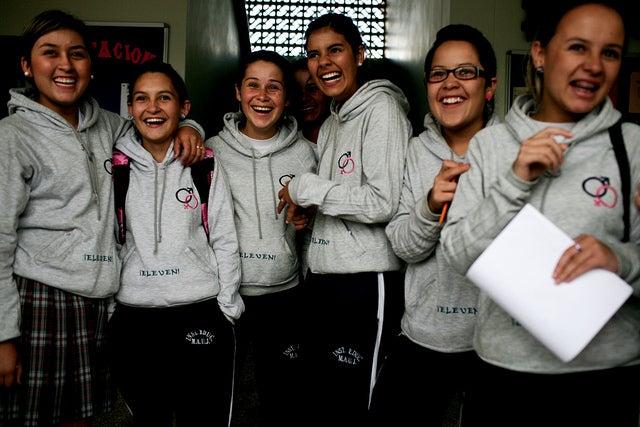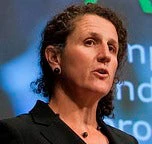
I was delighted to join the recent colloquium, Getting to Equal in Education: Addressing Gender and Multiple Sources of Disadvantage to Achieve Learning. It was a great initiative, with a whole range of experts and advocates in the room, ranging from old hands to much young blood!
As the (relatively) new director of Gender and Development here at the Bank, I’m struck by how cross-cutting an issue gender is, and how each sector has a role to play in working towards gender equality.
In education, we know that the progress towards gender equality has really been remarkable, especially in enrollments, to the point where we are now seeing boys and young men at a disadvantage in some regions.
Yet, we all know that there is a lot more to be done. Even in terms of the most basic indicator, enrollment, girls still face a severe disadvantage in many areas, with 35 million girls still out of school. We see this gap in many countries in sub-Saharan Africa and South Asia, as well as among disadvantaged groups. For instance, a girl in the poorest fifth of the population in the Democratic Republic of the Congo studies three fewer years than a poor boy. A cumulative gender bias builds up, limiting her overall opportunities in life.
And, when it comes to learning, boys and girls in low-income countries learn far less than their counterparts in high-income countries. This disparity affects both boys and girls, and dramatically restricts their future prospects.
It is important to put both progress as well as constraints to equality in education in the context of other factors that limit gender equality. The World Bank is working on multiple fronts to address gender gaps worldwide—and while education is a critical part of the story, the puzzle is actually much larger.
On the operational side, one exciting new front is exploring how Development Policy Loans (DPL) can serve to support critical institutional reforms. One example is in Brazil, where as in much of the world, gender disparities continue to impede the social and economic opportunities of women. Under the Pernambuco Development Policy Loan :Expanding Opportunity, Enhancing Equity, policies that address gender disparities are being supported, including agencies that address domestic violence.
Politics and political economy play a large role. As Ms. Amina Az-Zubair, so eloquently reminded us during her keynote, support from governments is critical–alongside a whole range of stakeholders, including service providers like teachers and midwives. We need to scale up our efforts to achieve broader results in gender equality, rather than working on parallel tracks or overly limited fronts. In all of our work, it is important to counsel patience—demonstrable progress takes time, and results are seldom achieved overnight.
One of my co-panelists, Cheryl Gregory Faye, Head of the United Nations Girls’ Education Initiative (UNGEI), made an excellent point: girls’ education is not just about girls’ education—it is about empowering girls to become empowered women who can take their place in society and play an active role.
I couldn’t agree more. Our work at the World Bank will continue to focus on empowering girls, boys, women and men through multiple channels to promote gender equality around the world.
Click here to learn more about Getting to Equal in Education: Addressing Gender and Multiple Sources of Disadvantage to Achieve Learning and to watch videos form the event.


Join the Conversation